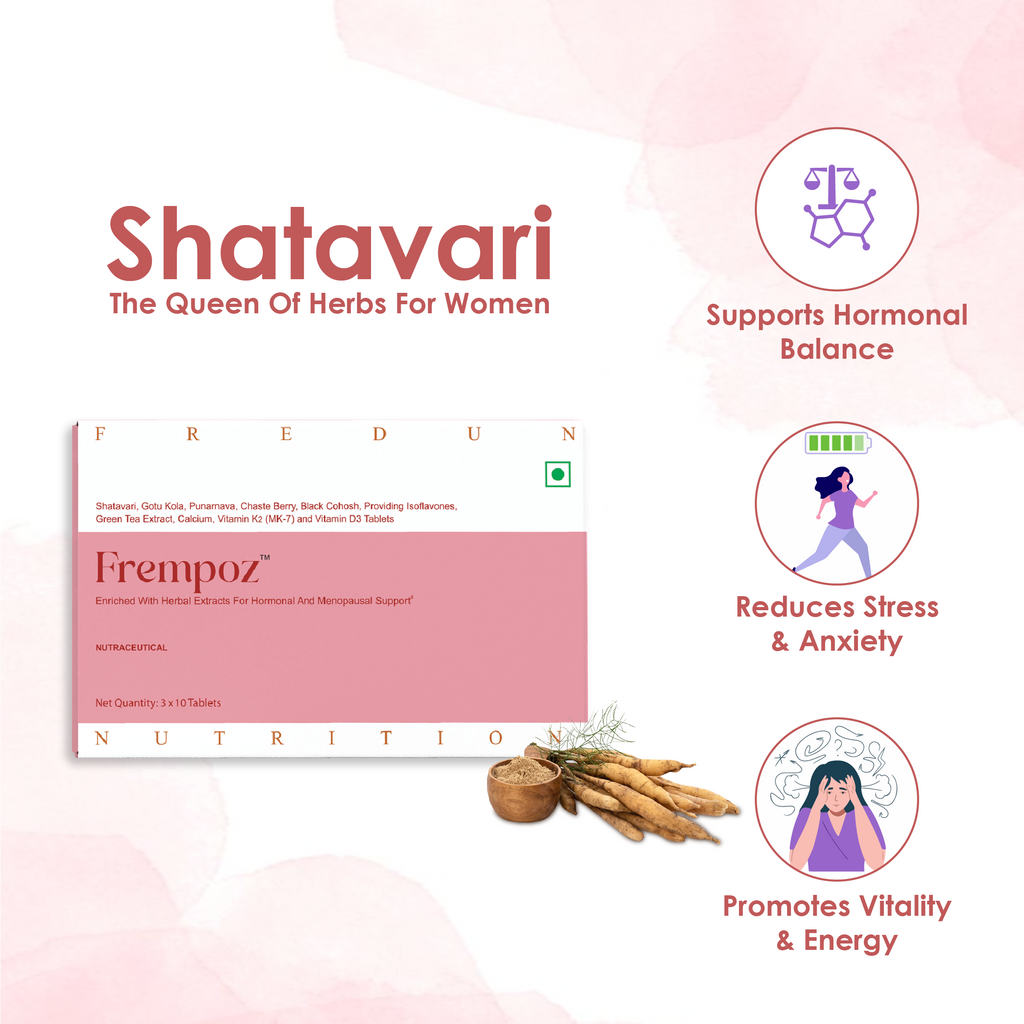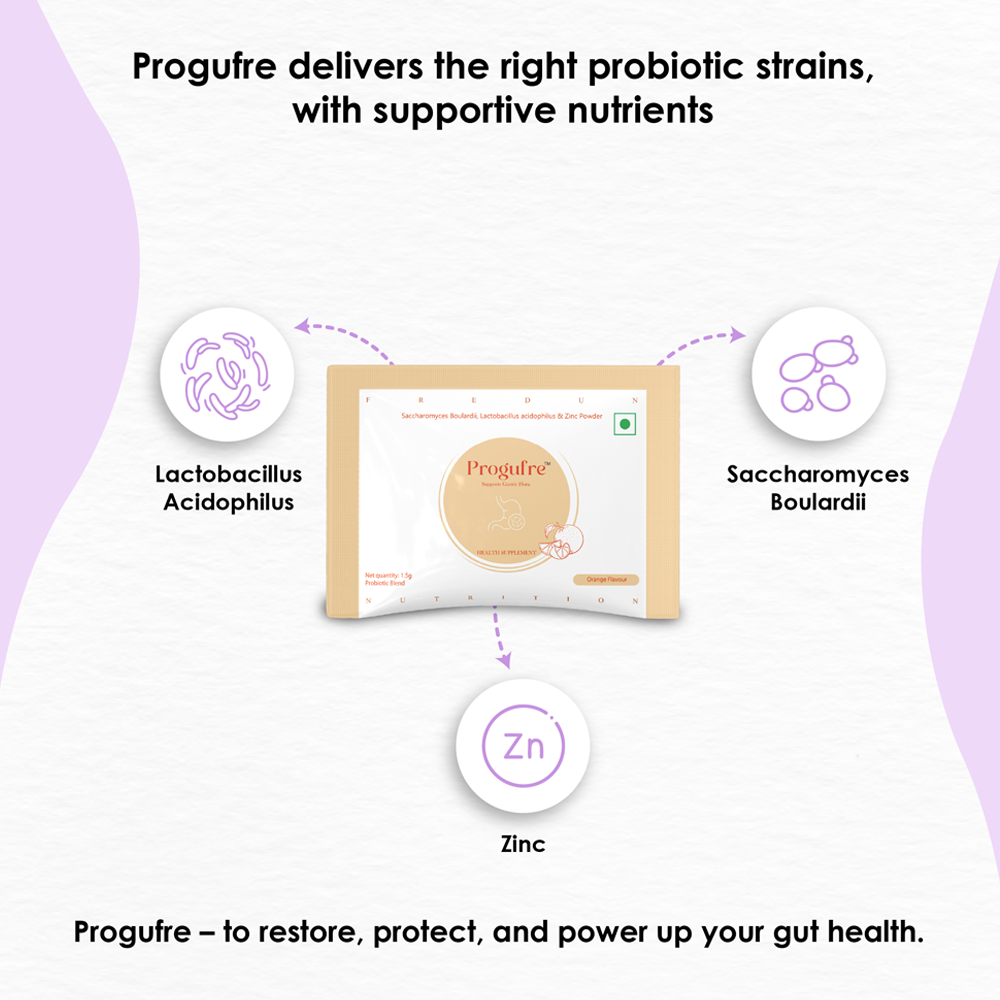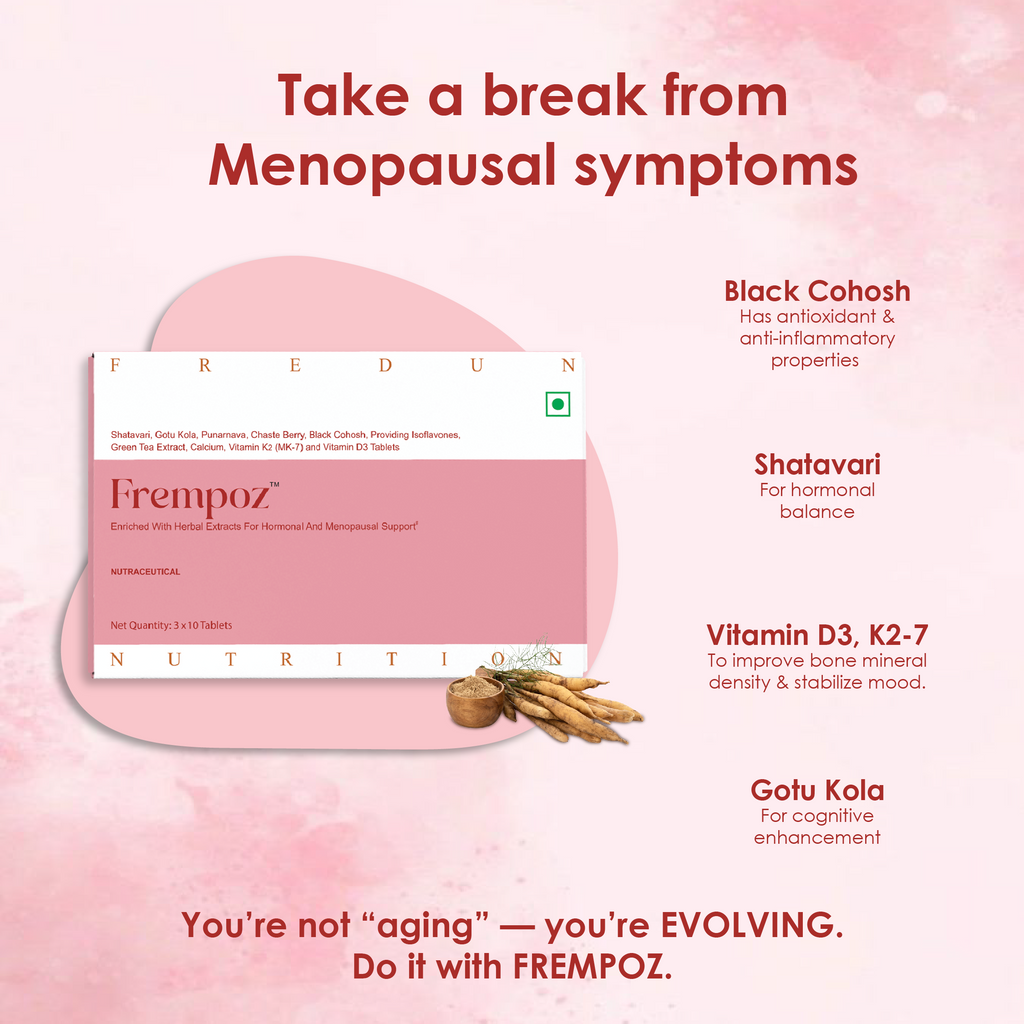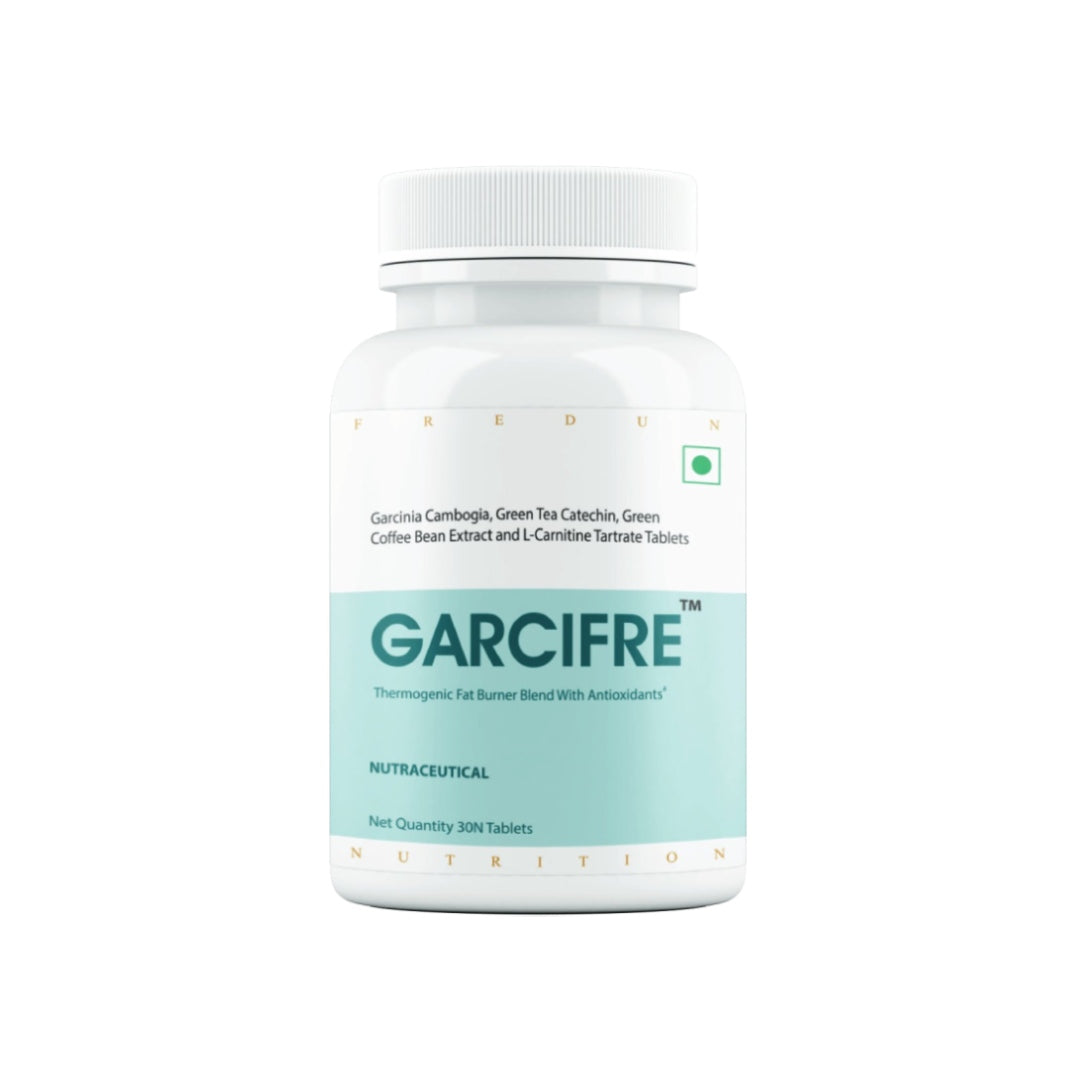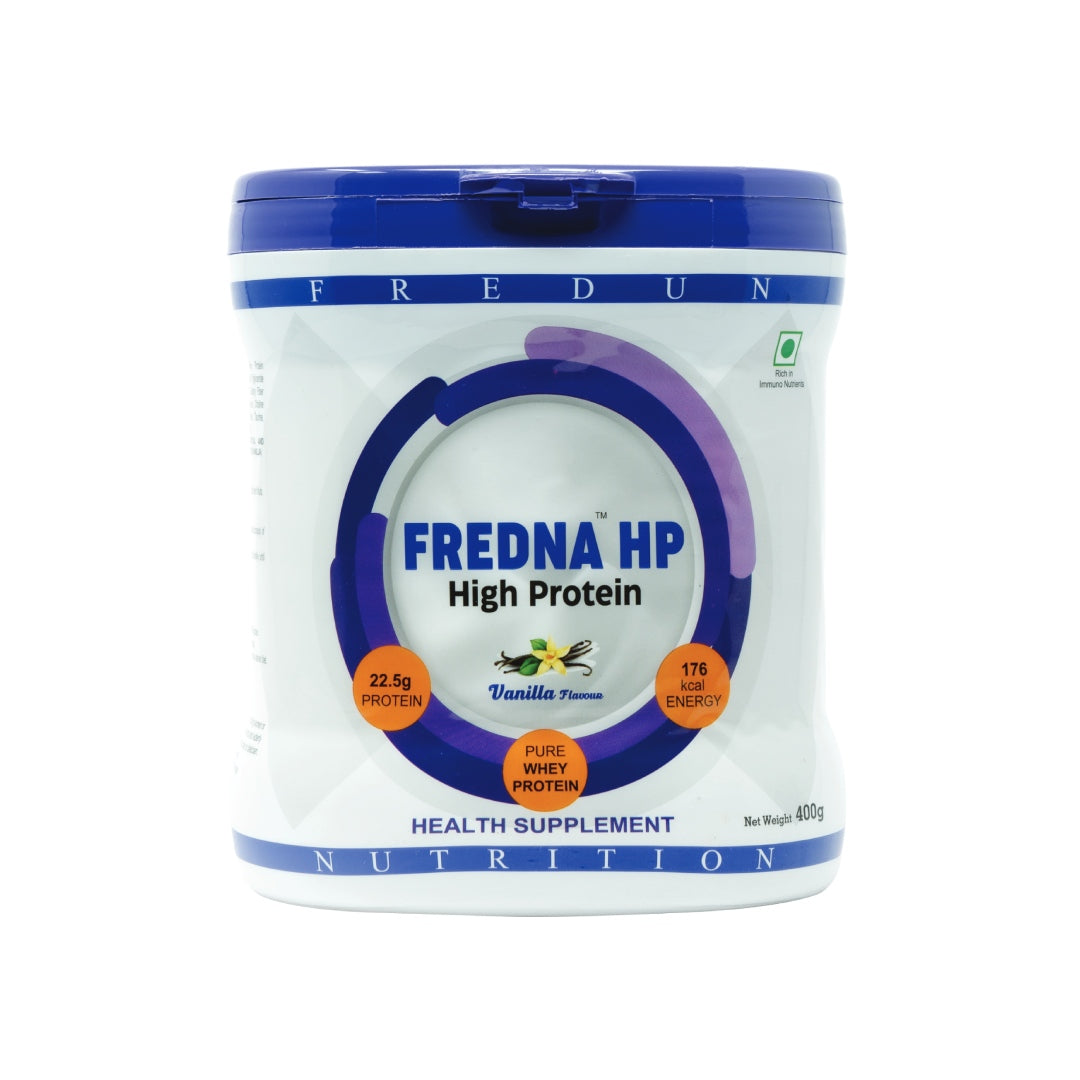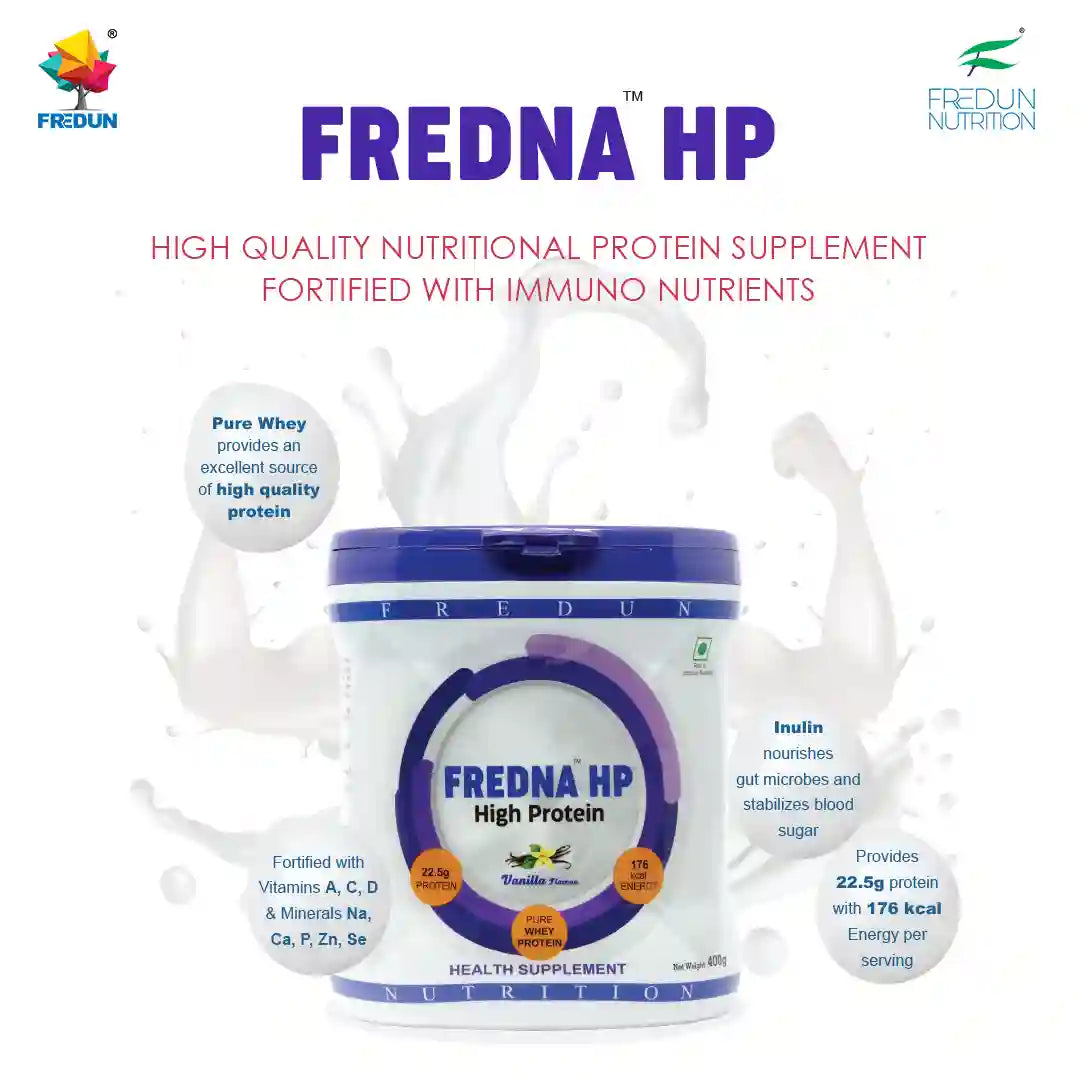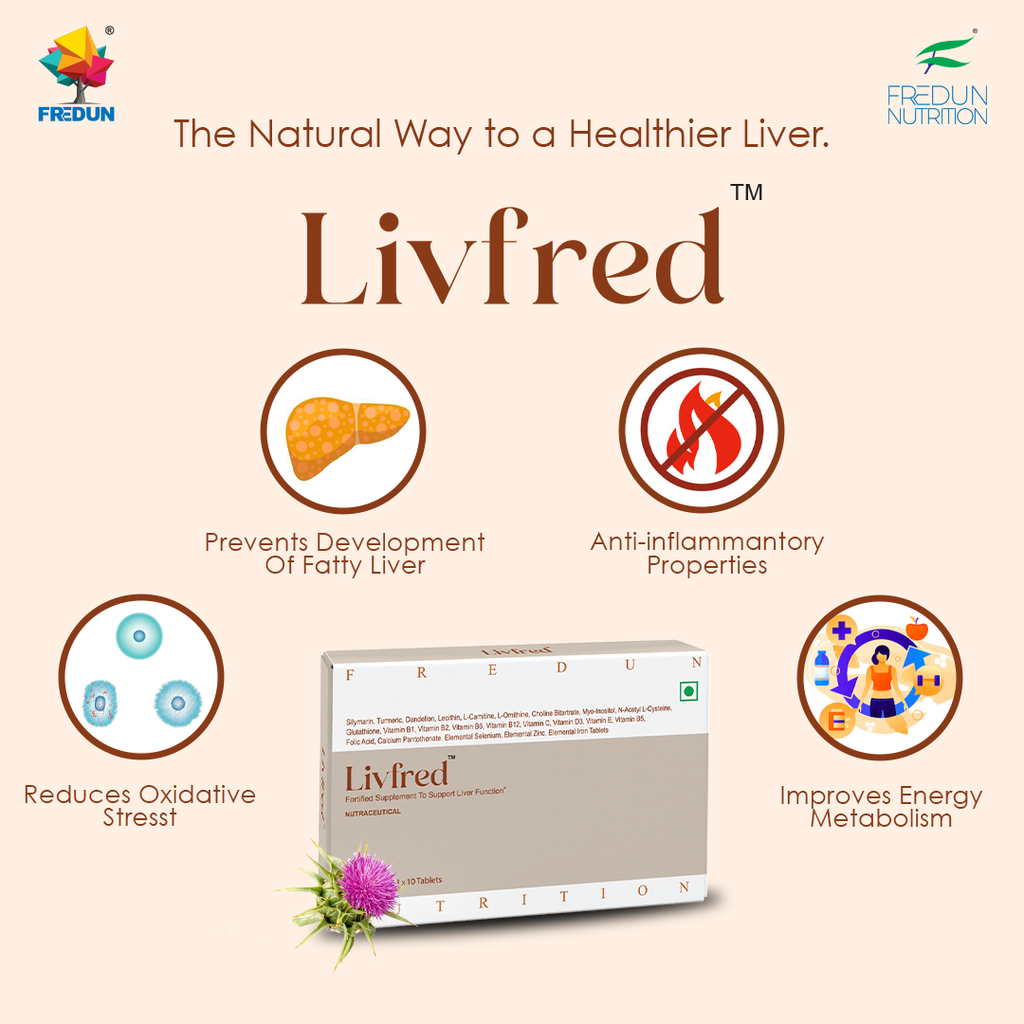
Why Liver Health Is the Key to Good Health

When it comes to maintaining overall wellness, most of us think of heart health, weight management, or immunity first. Yet, there’s one organ that silently keeps everything running smoothly — the liver. Often overlooked, your liver is the ultimate multitasker of the body. From detoxification to digestion, metabolism, and energy production, it plays an essential role in keeping you healthy. In fact, a healthy liver often reflects a healthy body. Understanding its importance and taking steps to care for it can transform your well-being in remarkable ways.
The Liver: Your Body’s Chemical Powerhouse
The liver is the largest internal organ and one of the most vital. Located on the right side of the abdomen, it performs more than 500 functions every single day. It processes nutrients absorbed from food, filters toxins from the blood, and helps maintain hormonal balance. Without a well-functioning liver, even the healthiest diet or lifestyle can fall short.
One of the liver’s most important roles is detoxification. Every day, your body is exposed to toxins — from processed foods, alcohol, medications, pollution, and even stress. The liver filters these harmful substances, converting them into less toxic compounds that can be safely eliminated. It also produces bile, a fluid that aids in digestion by breaking down fats and helping the body absorb fat-soluble vitamins such as A, D, E, and K.
Another critical role is metabolism regulation. The liver stores and releases glucose as needed, ensuring your blood sugar levels remain stable. It metabolizes proteins and fats and converts nutrients into the energy your cells need to function. So with a healthy liver, your metabolism works efficiently, and you feel energetic and balanced.
Why Choose Livfred?
PHYTONUTRIENTS
SILYMARIN EXT 80% - Reduces oxidative stress and consequent cytotoxicity, thereby protecting liver cells.1
Has Hepatoprotective effects in patients with alcoholic or non-alcoholic fatty liver disease, including patients with cirrhosis. 1
In Diabetic patients with mild cirrhosis, it reduces signs of hepatic dysfunction and improved glycaemic control. 1
TURMERIC WATER SOLUBLE PEPTIDE 20%- Curcumin protects and treats oxidative associated liver diseases.2
Curcumin possesses several biological activities such as anti-inflammatory, anticancer, antioxidant. 2
DANDELION NANO FORMULATED 10:1 (TARAXACUM OFFICINALE) –Prevents different liver diseases.3
Has many biological activities such as anti-inflammatory, antioxidant, diuretic, choleretic, laxative, and hepatoprotective. 3
LECITHIN POWDER- Helps to protect against cholestatic liver disease.4
Helps in lowering cholesterol and triglyceride, while increasing HDL levels in the blood.5
AMINO ACIDS
L-CARNITINE- Improves energy metabolism, especially in patients who have advanced Liver cirrhosis.6
Helps in the treatment of hypertension, liver cirrhosis, muscle injury, dyslipidaemia, and other chronic diseases.7
L-ORNITHINE-Has direct hepatoprotective properties in chronic liver disease.8
Useful in the treatment of hepatic encephalopathy. 8
L-GLUTATHIONE- Plays a pivotal role in maintenance of redox balance, reduction of oxidative stress, enhancement of metabolic detoxification, regulation of immune system function and antioxidant systems of cells and has been used to treat acute poisoning and chronic liver diseases. 9
CHOLINE BITRATE-
An important nutrient essential for proper functioning of liver which prevents development of fatty liver.10
It is an essential nutrient for human health (1) it is acetylated to generate acetylcholine (2) Participates in the methylation-dependent biosynthesis of DNA, RNA and protein (3) It is phosphorylated to synthesize phosphatidylcholine, a major constituent of cell and mitochondrial membranes, which is involved in the mitochondrial bioenergetics regulating lipid and glucose metabolism and participates in the packaging and exporting of triglyceride (TG) in very low density lipoprotein (VLDL), as well as the solubilizing of bile salts for secretion.10
Plays an important role in mediating hepatic steatosis.10
Exerted the biological effects on mitochondrial function, relieving hepatocellular TG deposits, promoting lipid catabolism and ROS scavenging & enhancing the antioxidant capacity.10
MYO-INOSITOL- Helps to reduce hepatic triglycerides and cholesterol accumulation and maintains a normal ultrastructure of liver.11
Helps in treating obesity and maintaining normal systemic metabolism. 11
N- ACETYL L-CYSTEINE- Improves Liver Function in Patients with Non-Alcoholic Fatty Liver Disease.12
Decreases liver steatosis and fibrosis in the Patients. 12
TAURINE- Regulates hepatic fat metabolism, reduces hepatic fatty deposition, inhibits oxidative stress, and alleviates mitochondrial dysfunction in metabolic associated fatty liver disease (MAFLD).13
VITAMINS
VITAMIN B1- Prevents the development of experimental fatty liver driven by overnutrition.17
Reverse the development of abnormal metabolic condition of excess intrahepatic fat (hepatic steatosis). 17
Decreases hyperglycaemia and increases the glycogen content of the liver. 17
Increases the catalytic capacity for hepatic oxidation of carbohydrates and fatty acids. 17
VITAMIN B2- Reduces hepatocellular injury following liver ischaemia and cellular dysfunction and death.16
Exhibits anti-inflammatory and antioxidant properties in the ischaemic liver, protecting hepatocytes against injury. 16
Significantly reduces hepatocellular damage, neutrophil infiltration, and oxidative stress. 16
VITAMIN B6- Ameliorates liver lipid deposition in patients with NAFLD.
Reduces hepatic fat via the catabolism of Homocysteine and also ameliorated hepatic fat accumulation.21
VITAMIN B12- Has hepatoprotective potential that may benefit in managing NAFLD.18
VITAMIN C- Reduces insulin resistance and improves blood glucose control.19
Increases the secretion of high molecular weight (HMW) adiponectin from human hepatocytes and adipocytes which helps in regulating glucose levels, lipid metabolism, and insulin sensitivity. 19
VITAMIN D3- Helps in reducing inflammation in chronic hepatic diseases. 20
Has an antifibrotic, antiproliferative, and anti-inflammatory effects on the liver.20
A promising supplement for the treatment of NAFLD by the inhibition of lipid accumulation in liver cells. 20
VITAMIN E- A potent antioxidant that reduces oxidative stress in NAFLD.15
Helps to prevent the liver's degenerative and inflammatory processes during exposure to various dietary factors, environmental pollutants, and xenobiotics. 15
FOLIC ACID- Ameliorates alcohol-induced liver injury, mainly including the improvement of the intestinal barrier, regulation of gut microbiota, and inhibition of liver inflammation.22
Has a lipid-lowering and antioxidant effect and attenuates hepatic lipid accumulation and aggregation of hepatic inflammation and shows a hepatoprotective effect in NAFLD.23
MINERALS
CALCIUM PANTOTHENATE- Essential coenzyme in fat metabolism.14
Diminishes the liver, perinephric fats, and plasma fats accumulated by pantothenic acid deficiency and ethanol consumption. 14
ELEMENTAL ZINC (FROM ZINC OXIDE)- used for treatment of liver disease.
Helps in stabilization of gut-barrier function decreasing oxidative stress and attenuating apoptotic hepatocyte death.26
ELEMENT SELENIUM FR. SELENIOUS ACID- Higher selenium level was significantly associated with a 41% decrease in the incidence of significant advanced chronic liver diseases.24
ELEMENTAL IRON FR FERROUS FUMERATE- Anemia in a patient with cirrhosis is often neglected disease association. The presence of anemia increases the risk of hepatic decompensation and liver-related mortality. Divalent iron salts, ferrous fumarate achieves adequate replacement for iron stores.25
The Bigger Picture: A Healthy Liver Means a Healthy You
Caring for your liver is not just about preventing disease; it’s about optimizing every aspect of your health. When your liver is functioning at its best, digestion improves, energy levels soar, hormones stabilize, and your body detoxifies naturally. You feel lighter, clearer, and more vibrant.
In a world full of environmental toxins, processed foods, and constant stress, your liver works tirelessly behind the scenes. Remember, your liver is your body’s silent guardian, and keeping it strong is one of the best investments you can make in your long-term health.
Reference:
- Adv Ther. 2020; 37(4): 1279–1301. PMCID: PMC7140758
- Nutrients. 2018 Jul; 10(7): 855. PMCID: PMC6073929
- Antioxidants (Basel). 2021 Apr; 10(4): 504. PMCID: PMC8063808
- Pediatr Res2007 Feb;61(2):185-90. doi: 10.1203/pdr.0b013e31802d7780. PMID: 1723772
- Indian J Clin Biochem. 2011 Oct; 26(4): 378–384. PMCID: PMC3210239
- J Clin Med Res. 2016 Dec; 8(12): 863–869. PMCID: PMC5087626
- Front Med (Lausanne). 2021; 8: 689042. PMCID: PMC8381051
- J Clin Exp Hepatol. 2018 Sep; 8(3): 219–221. PMCID: PMC6175754
- Nutrients. 2019 Sep; 11(9): 2073. PMCID: PMC6770193.
- Nutrients. 2014 Jul; 6(7): 2552–2571. PMCID: PMC4113756
- Nutrient. 2020 Nov 3;12(11):3379. doi: 10.3390/nu12113379. PMCID: PMC7694137
- Hepat Mon. 2010 Winter; 10(1): 12–16. PMCID: PMC3270338
- Int J Mol Sci. 2023 Jun; 24(12): 10360. PMCID: PMC10299483
- Nutrition. 2013 May;29(5): 796-801.doi: 10.1016/j.nut.2013.01.002. Epub 2013 Mar 17. PMID: 23510569
- Lipids. 2018 Jul;53(7):709-716. PMID: 30252139
- Food Chem Toxicol. 2014 May;67: 65-71.doi: 10.1016/j.fct.2014.02.013. Epub 2014 Feb 18. PMID: 24560968
- Dis Model Mech. 2021 Mar 18;14(3): dmm048355.doi: 10.1242/dmm.048355. PMID: 33608323
- Cureus. 2021 Aug; 13(8): e16855. PMCID: PMC8424975.
- Front Nutr. 2021; 8: 745609. PMCID: PMC8478121
- Int J Prev Med. 2019; 10: 14. Int J Prev Med. 2019; 10: 14.
- J Clin Biochem Nutr. 2021 Mar; 68(2): 181–186.PMCID: PMC8046002
- Front Nutr. 2022; 9: 989311. PMCID: PMC9632181
- 2018 Jul;53(7):709-716. doi: 10.1002/lipd.12084. Epub 2018 Sep 25.

